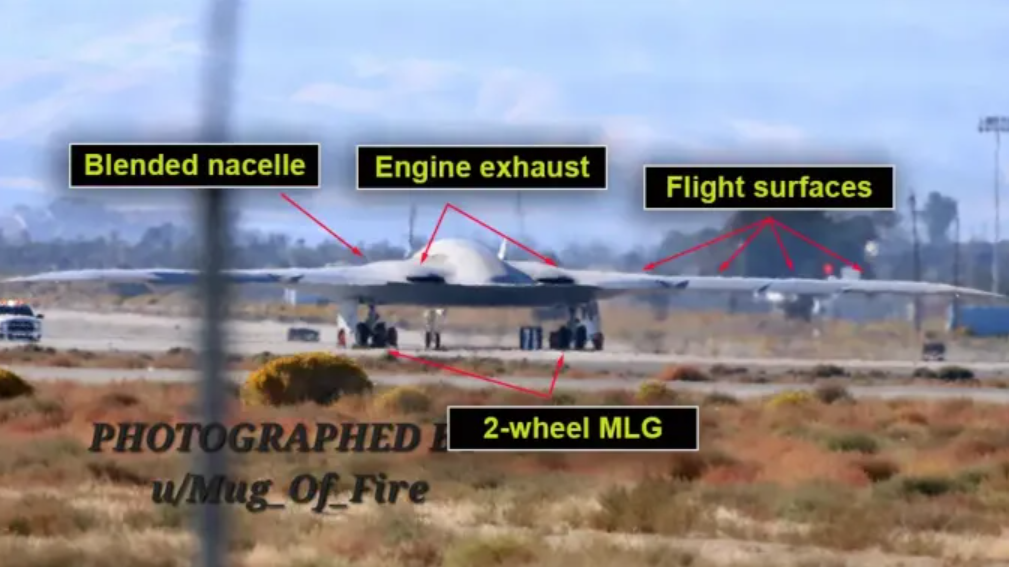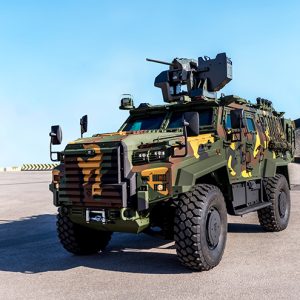In the realm of modern aviation, few projects have garnered as much attention and anticipation as the B-21 Raider. Designed to be the next generation long-range strike bomber, the B-21 Raider signifies a monumental leap in aerospace capabilities. Recently, B-21 Raider through Advanced Taxi Tests, marking a significant milestone in their developmental journey. Let us delve into the intricate details of these tests, the design nuances of the B-21 Raider, and its pivotal role in shaping the future of global air power.

The Significance of Advanced Taxi Tests
Taxi tests might seem rudimentary in the vast expanse of aircraft development, but they form an indispensable component of the validation process.
- Operational Validation: These tests provide a real-world scenario for assessing the aircraft’s systems’ operational efficacy, from brake systems to navigation aids.
- Pilot Familiarization: For pilots, advanced taxi tests offer a firsthand experience of the aircraft’s ground handling characteristics, facilitating a smoother transition to airborne operations.
- Safety Protocols: Rigorous taxi tests ensure that all safety mechanisms, both onboard and ground-based, are functioning optimally, minimizing risks during subsequent flight tests.
B-21 Raider: An Engineering Marvel
Diving into the intricate architecture and design facets of the B-21 Raider, it’s evident that this bomber is a culmination of cutting-edge aerospace innovations.
- Stealth Capabilities: Leveraging advanced materials and design techniques, the B-21 Raider epitomizes stealth capabilities, enabling it to operate in highly contested environments without detection.
- Payload Versatility: The aircraft is designed to carry a diversified range of ordnance, from precision-guided munitions to thermonuclear weapons, ensuring operational flexibility.
- Endurance and Range: With a focus on long-haul missions, the B-21 boasts an impressive range, complemented by advanced fuel efficiency and in-flight refueling capabilities.
A Glimpse into the Future: Potential Deployment Scenarios
Given the B-21 Raider’s capabilities, its integration into global defence strategies will redefine aerial warfare paradigms.
- Deep Penetration Missions: The B-21’s stealth attributes make it apt for missions that require deep penetration into enemy territory, striking critical infrastructure or neutralizing key assets.
- Strategic Deterrence: As a platform capable of carrying nuclear ordnance, the B-21 will play a crucial role in strategic deterrence, reinforcing a nation’s defence posture.
- Surveillance and Reconnaissance: Beyond offensive operations, the B-21 can be equipped with advanced sensors and communication systems, making it a valuable asset for intelligence-gathering missions.
Safeguarding Technological Superiority
With adversaries continually advancing their air defence systems, maintaining a technological edge is paramount.
- Continuous Upgrades: The modular design of the B-21 Raider facilitates seamless integration of new technologies, ensuring it remains at the forefront of aerospace capabilities.
- Training and Simulation: Embracing state-of-the-art simulators will be pivotal in training pilots, enabling them to harness the full potential of the B-21 in diverse operational scenarios.
- Collaborative Development: Engaging with industry partners, academia, and research institutions will spur innovations, bolstering the B-21’s capabilities.
Conclusion
The B-21 Raider is not merely an aircraft; it symbolizes the zenith of aerospace engineering and strategic foresight. As it progresses through rigorous testing phases, including the recent advanced taxi tests, the aviation community awaits its deployment with bated breath. This bomber encapsulates the vision of a secure airspace, promising unmatched operational capabilities and fortifying defence strategies for years to come.







